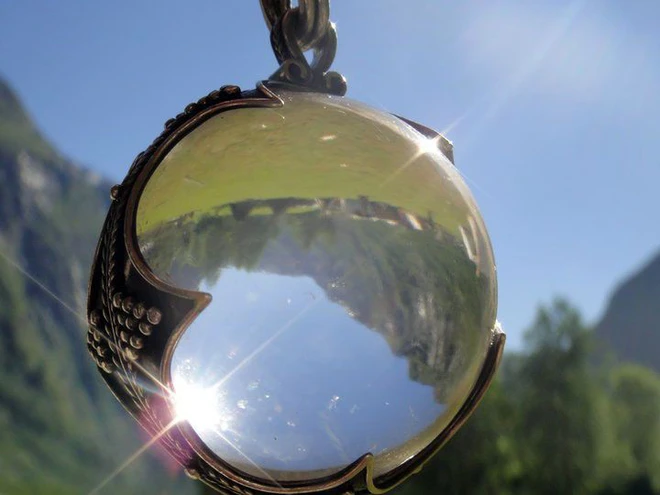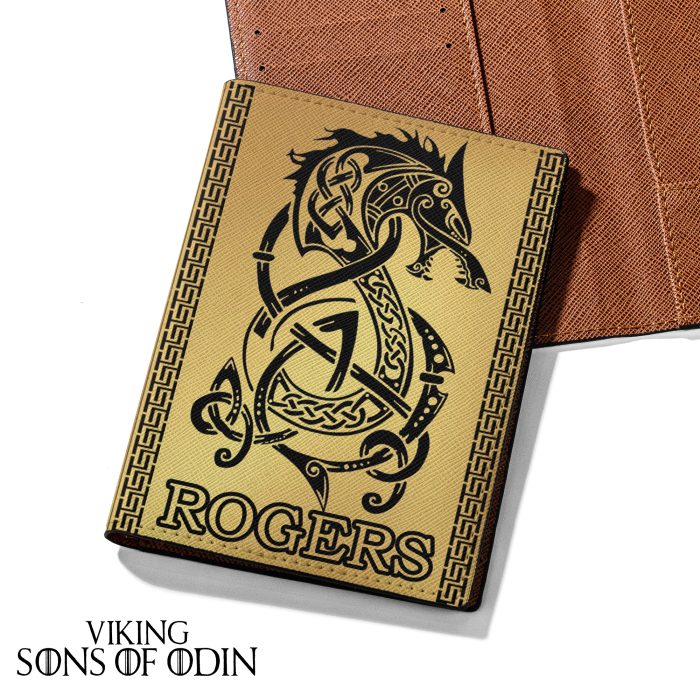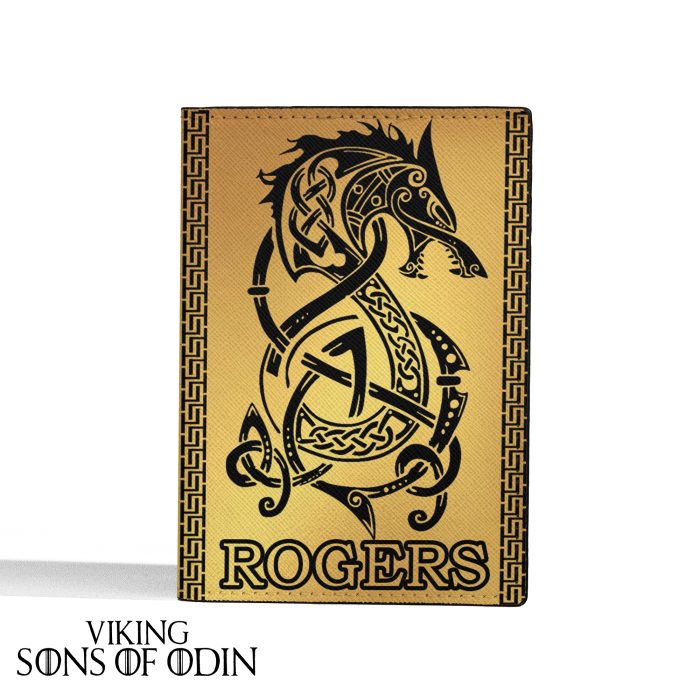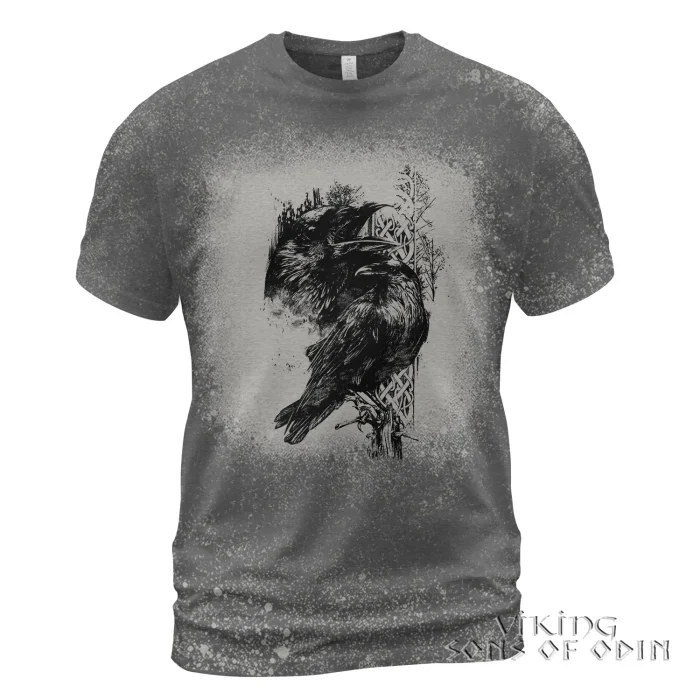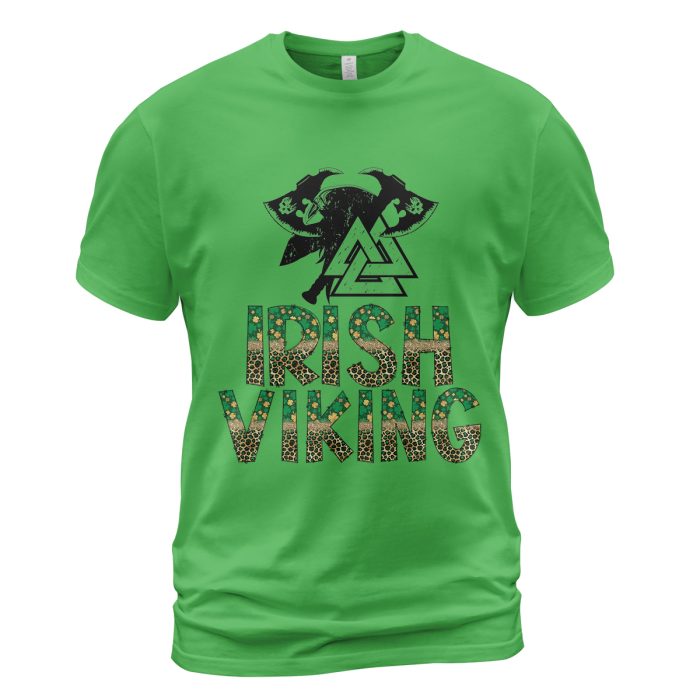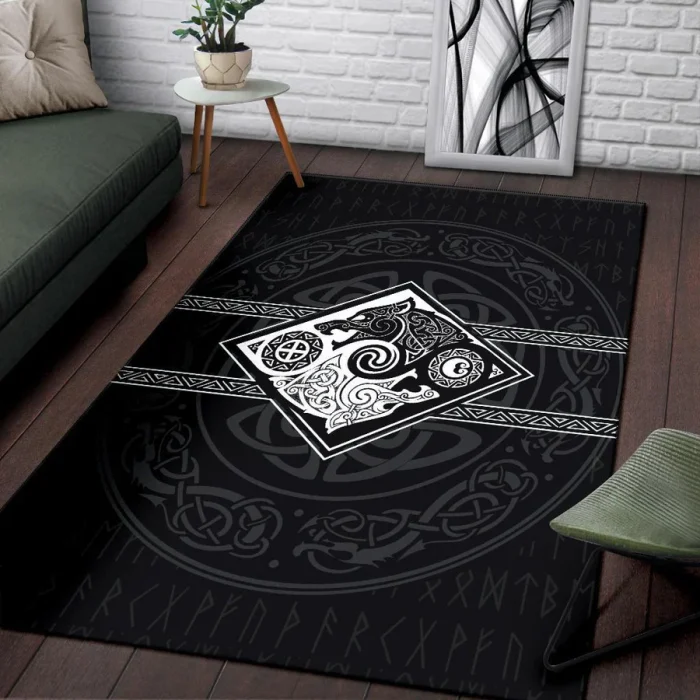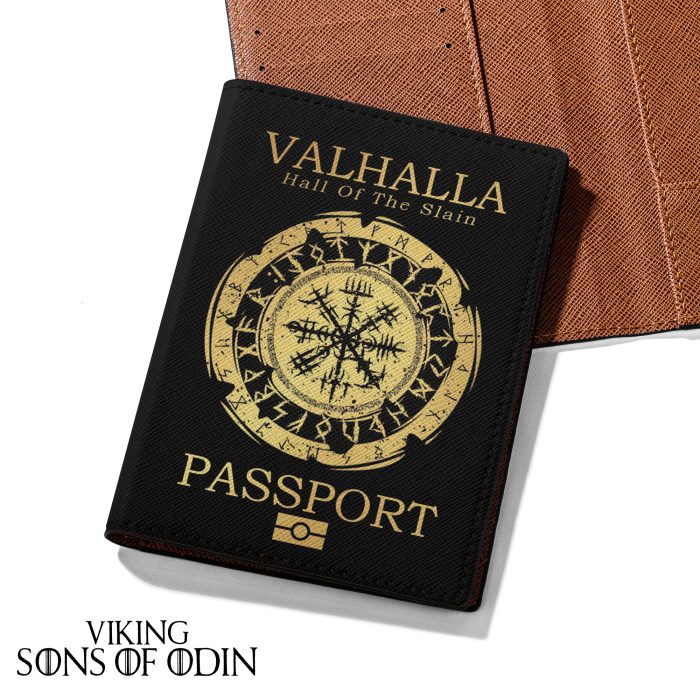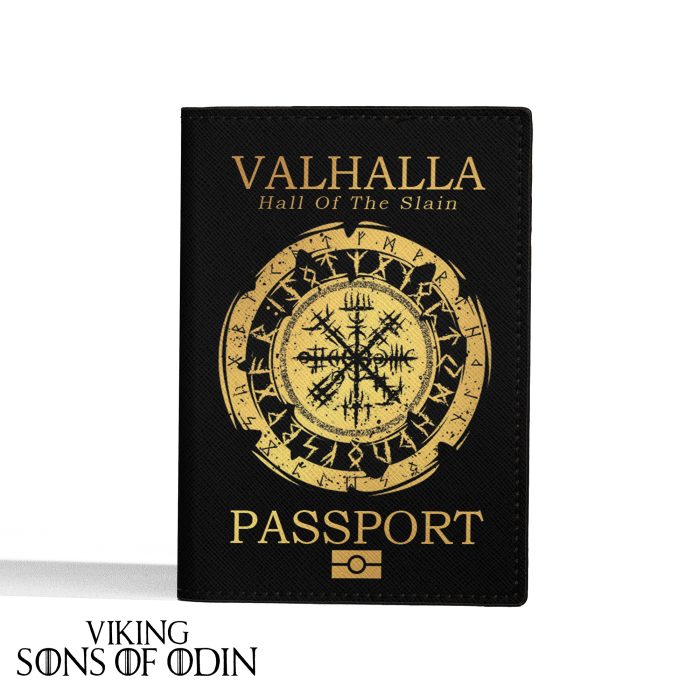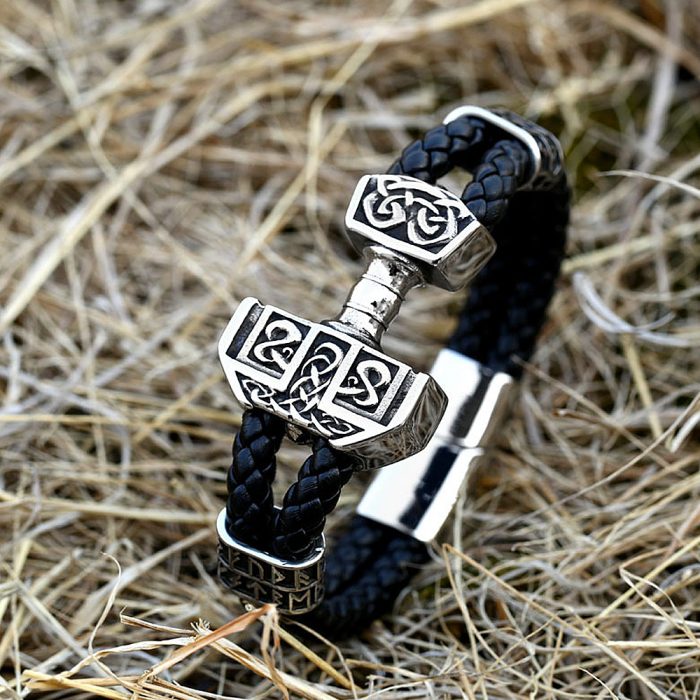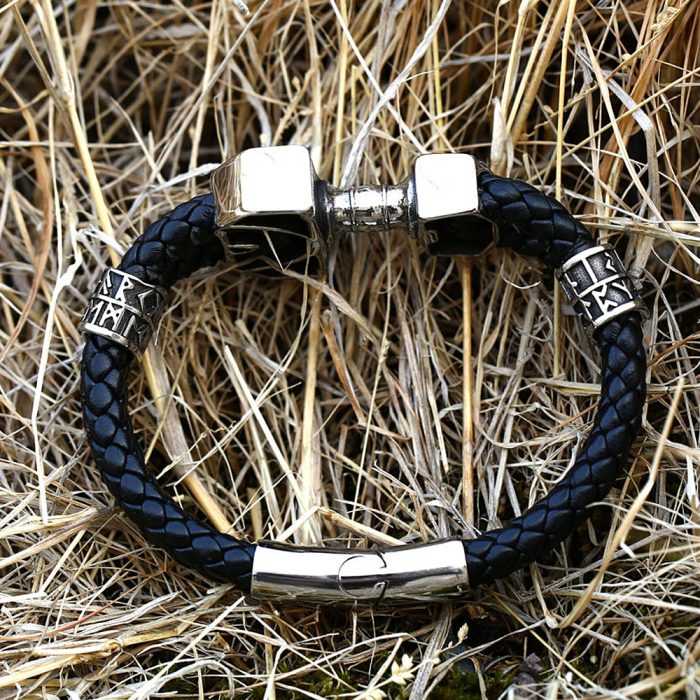Nordic Discovery, Viking
These sunstones are the secret to helping the Vikings dominate the sea for more than three centuries
Thanks to knowing the sea like the palm of their hand, they have roamed across the North Atlantic and created countless illustrious feats…
Both artisans who created countless magnificent ships, and sailors who sailed through many storms, they, the Vikings ruled the North Atlantic from 900 to 1200 AD. original. They often traveled hundreds of miles across the sea, extending their territory to two colonies in Iceland and Greenland. On clear days, the Vikings used the direction of the sun to steer their sails. But what about cloudy days, when the sun could no longer be seen, how did the Viking ships determine their direction? This is still a mysterious question for scientists.
Recently, two Hungarian researchers used electronic simulations to prove a long-held hypothesis that the Vikings used blocks of crystal, which they call sunstones, to find directions. in extreme weather, a method of navigation that made them kings of the sea for three centuries.
This sunstone is also mentioned in a number of ancient works of art, such as the poem “Treatment of King Olaf”. In 1967, in the Washington Post, a Danish archaeologist suggested that the Vikings followed the path outlined by the sunstones.
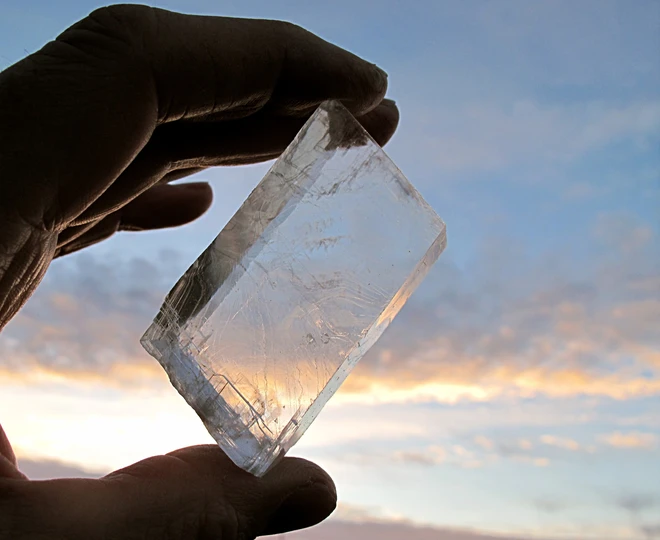
Solar rocks work based on a phenomenon called the principle of depolarization. As sunlight penetrates the atmosphere, it forms rings of depolarization, with the sun at the center. If placed at the right angle and position, some crystals, such as calcite, cordierite and tourmaline will make these depolarizing rings visible, helping beachgoers find the sun, even on a cloudy day.
In 2013, a calcite crystal, which the Vikings called Iceland spar, was found in a 16th-century English shipwreck. Perhaps British sailors learned this navigation technique from their predecessors. theirs in Northern Europe. But since no sunstone has been found on or near the site of the shipwreck, many historians have dismissed this theory as more myth than fact.
The journal Royal Society Open Science reports on research by Dénes Száz and Gábor Horváth from Eötvös Loránd University in Budapest. They simulated thousands of voyages of a Viking ship from a single point in Norway to a single point in Greenland. After running simulations about 36,000 times, they found that, if Viking sailors used kordierite crystals to orientate the sun every three hours, their boat could orient with 92.2% to 100 accuracy
That’s just the most favorable case. But the study authors also admit that the results of the simulations vary greatly. Horváth said in an interview: ” No one knows, in fact, what method the Vikings used. Besides sunstones, they could rely on the way of sailing over familiar islands, tracking wave patterns. and watch the whale’s path.”
Reference: Livescience
Translation and editing : Viking Sons Of Odin

